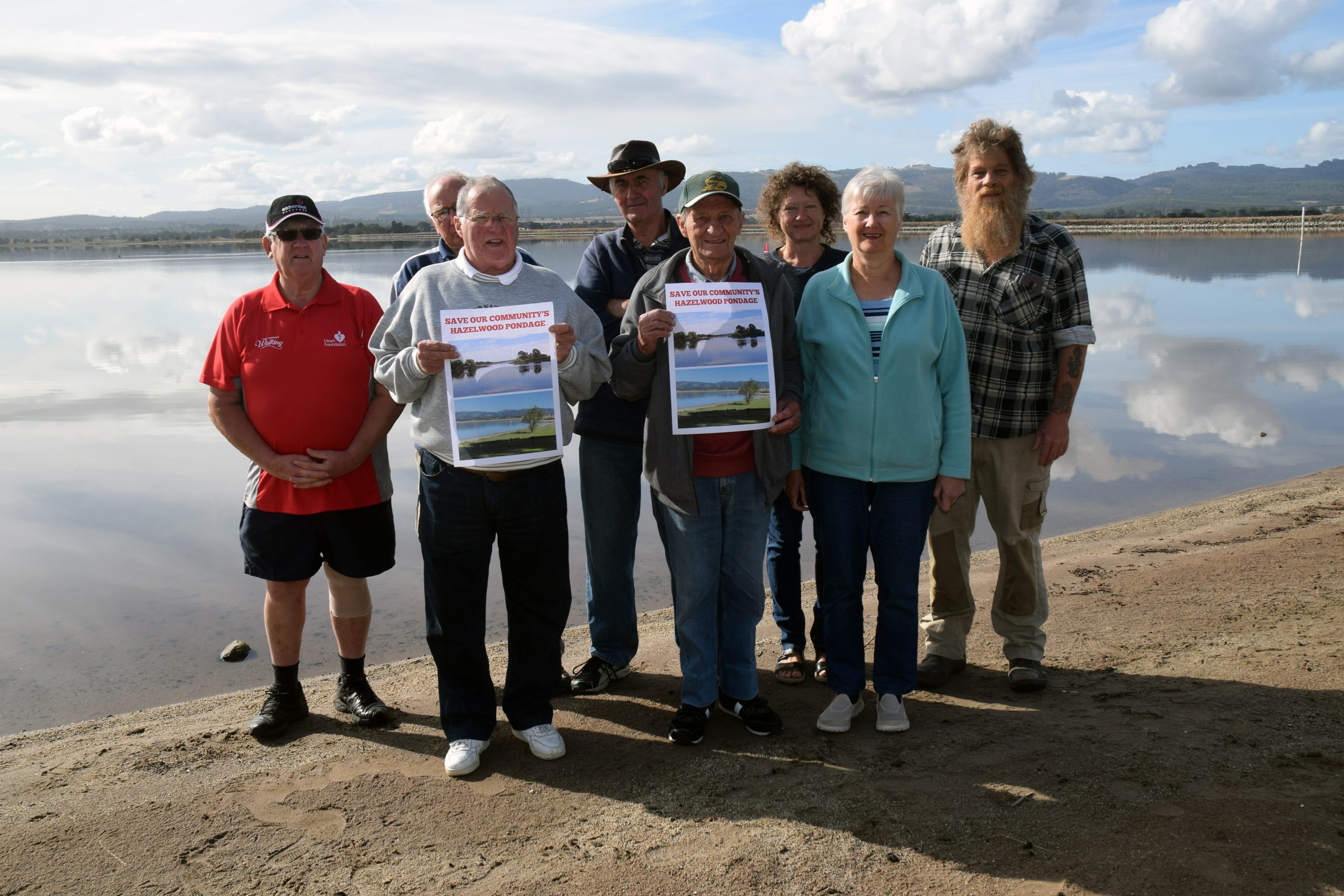A CRISIS in Latrobe Valley’s public dental care is looming with key service providers urging the Federal Government to expedite urgent funds to the region.
As the dust settled on the Federal Government’s new $4 billion dental package announcement last week, emerging cracks were identified by service providers across the board.
Gippsland Oral Health Consortium chair Ben Leigh warned the region’s public dental service provider, Latrobe Community Health Service, was already experiencing rapidly expanding waiting lists and had yet to see a cent flow from the Federal Government’s $525 million “waiting list blitz” funds promised in the last Federal Budget.
While Mr Leigh said any new funding was “always welcome”, LCHS was currently taking 200 referrals to its waiting list each month and budget constraints meant it could only remove 20 per month.
With the billions pledged by Federal Health Minister Tanya Pilberseck last week not due to be released until January and July 2014, but several existing programs axed almost immediately, the Valley’s service providers expressed collective concern that public waiting lists faced a potential crisis in the interim.
“It is critical that an announcement is made (about the release of the $525 million) urgently or I am worried there will be a crisis in our public dental services,” Mr Leigh said.
LCHS was already struggling with State Government-imposed budget cuts to its service which had seen its “extra waiting list demand money” removed over the past 12 months, he said.
With that funding loss the Valley’s waiting list, which had been reduced to eight months about four years ago, now stood at 18 months and was growing, according to Mr Leigh.
“Eight months is still poor and unacceptable but it was below statewide benchmarks, but our figures now are alarming,” he said.
A dentist who spoke to The Express said the government’s decision to scrap the Chronic Disease Dental Scheme from 30 November this year meant anyone with a chronic disease who had been eligible to seek Medicare-covered dental care from the private sector would now be forced onto public waiting lists.
“The overall perception is that any sort of extra funding is always a good thing but the detail is the problem… there is at least a one year gap between the closure of the old schemes and the start of new ones… and we don’t know anything yet about how the new scheme will work,” the dentist said.
“The merits of the CDDS was that it eased pressure on public waiting lists since a large portion, who were eligible for care under the public system, could get their work done quicker.”
Mr Leigh said growing waiting lists were “terrible for clients”.
“When a waiting list grows, many of those who had elective conditions end up turning into emergencies… they have worsening pain and distress and we have to prioritise them so those who are elective are left waiting even longer… you can see what is going to happen over the next five years,” he said.
Mr Leigh called for immediate clarity on the release of funds pledged for this financial year “so we can gear up for it”. “We have put a lot of effort into staff in Gippsland, through the Gippsland Oral Health Consortium, and we are having more success getting dentists and therapists to (the region) but we need the funding to back that up.”
While the $4 billion announced last week for low-income earners and children would be “sensibly directed into areas that will make a difference and contribute to improved equity”, Mr Leigh said the timing was problematic.
“You can’t just drop one program and leave that sort of gap, there needs to be a process for continuity of funding,” he said, adding it was also unknown what the Federal Government planned to allocate to dental in the 2013-2014 year.
Mr Leigh said when new funds were eventually released it was also vital the State Government maintained its current levels of investment in dental.
“We don’t want to see them pull out of that at all,” he said.
The Gippsland Dental Prosthetists Group anticipated a “triple-fold disaster” for local public dental patients, with chair Tony Snell saying “we have been taking so many chronically ill patients under the Medicare system and we want to know what will happen to these people now?”
Chronically ill patients who had been covered by the CDDS were the “sacrificial lambs” in the latest announcement, Mr Snell said.
“They have just been forgotten… at this stage we have heard nothing about what will be in place for denture wearers…we had a system that worked reasonably well here.”
Mr Snell said chronically ill patients now had just 12 weeks, instead of two years, to have any dental work completed under the CDDS and would not be eligible for any follow-up care.
“They have been left high and dry,” he said.
Federal Member for Gippsland Darren Chester said last week’s announcement was “bizarre” and warned “if lists blow-out over the next 18 months, any new scheme will be playing catch-up and the budget will blow-out because of a backlog in demand”.
A spokesperson for the Federal Government was unavailable for comment at the time of publication.










